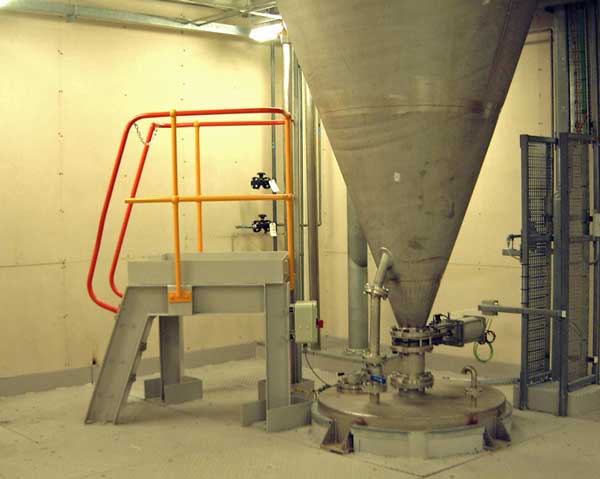
Metal Fabrication and its Importance in our Lives
The word “fabrication” means to make something from raw material. In the case of metal fabrication, that raw material is, unsurprisingly, metal. The material used in metal fabrication will however have already been processed from its true raw state into a usable raw material format such as metal sheet, rod, or bar.
Fabrication differs from assembling. Rather than using a processed raw material, the assembly process uses parts or components specifically made for the purpose. Assembly is however an operation that is included in the art of fabrication.
In the Beginning
The earliest metal fabricating was performed by our ancestors around about 4200BC. Copper was used to fashion jewellery, and to make crude tools. It was a significant point in history and one which changed and enhanced our civilization forever.
A Far Cry from its Humble Beginnings
Metal fabrication today is a far cry from those early beginnings, both in terms of the variety of metals that are available, and the advanced tools and processes that have been developed. The most significant development in recent decades is the invention of the computer. Its incorporation into both design and programming has totally revolutionized the face of metalworking.
Metal Fabrication Operations
Metal fabrication is generally accepted as metal forming and is distinct from generalised metal machining. Typical machining incorporates operations such as :
- Drilling
- Milling
- Grinding
- Turning
Typical metal fabrication operations include:
- Cropping and Guillotining
- Forming
- Pipe Bending
- Welding
- Assembly
- Painting
Good metal fabrication is not just engineering, it’s almost an art-form. Knowing the best metals to choose for any given job, and what methodology to use, is an acquired skill. Some might say it’s akin to black magic. Certainly the results that can be attained are quite spectacular, particularly in the construction industry. Designers and architects like to brand their creations in one unique way or another. Objects that are made using metal fabrication give them the perfect opportunity to do so.
Fit for Purpose
Metal fabrications can be made in a wide variety of materials including mild steel, stainless steel, brass, copper, and aluminium. The choice of which metal to use is often determined by the end use of the product being fabricated. Steel is favourite for its strength, and is specified where things like weight bearing are important. Aluminium on the other hand with a coloured anodised, or a simple brush pattern finish, is often selected for its aesthetic properties.
The World wouldn’t be the Same Place
Metalwork Fabrications are all around us. We see them, we use them and we even travel in them. Objects like the London Eye, train carriages, buses, ships, aeroplane fuselages, and car bodies; all can either be classed as metal fabrications, or they include metal fabrications in their assembly.
The biggest example of metal fabrication, and one where strength and durability is of major importance is the building of bridges. Some of the older iron bridges are still standing and still in use today.
Metal fabrication has become a fundamental, indispensable service. Without it, the modern world just wouldn’t be the same place.
This site uses Akismet to reduce spam. Learn how your comment data is processed.


 Mail:
Mail: 




Leave a Comments